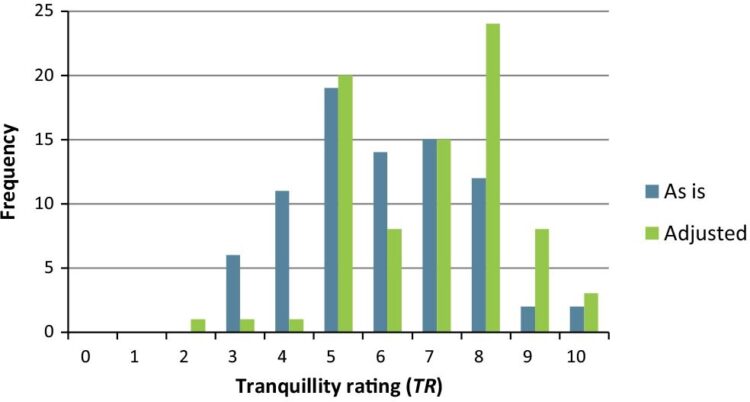September 9, 2020
Acoustics + Stress
Acoustics - Stress Talking Points
Summary
When implemented well, acoustic design can create positive, calming, restorative environments that reduce user stress. Poor acoustic conditions serve as illustration of arousal theory, suggesting environmental factors influence the brain’s level of excitement. Overstimulation and stress can lead to learned helplessness, frustration, social deprivation, and inference of daily activities.
Keywords
Noise, stress, environment, health, hospital, stress reduction, tranquility
Decreased Hospital Staff Stress
- Certain natural sounds such as the sound of birds may offer benefits that contribute to a positive feeling, perceived restoration of attention and stress recovery (Iyendo 2016).
- Environmental manipulations had different effects on blood-donor stress
- In the case of the Nature versus Urban comparison, pulse rate was markedly lower when donors were exposed to nature (Ulrich 2003).
- Improved acoustics reduced perceived demands, irritability and less pressure/strain, and increased relaxation (Blomkvist 2005).
Decreased Patient Stress
- Healthcare environments tend to be restorative for stressed outpatients if nature is present and if stimulation levels are low rather than high and intrusive (Ulrich 2003).
- Physiological and psychosocial data suggested that recovery from stress was faster and more complete when subjects were exposed to natural settings as opposed to the other environments (Daykin 2008).

Tranquility Scores. Graph of self-reported tranquility in relation to frequencies emitted by radios in hospital waiting rooms and the significant improvement between untreated, “as-is”, conditions and acoustic adjustments to the space (Iyendo 2016).
Arousal Theory vs. Control Theory
- Arousal theory suggests that environmental factors influence the brain’s level of arousal.
- Stress experienced by healthcare consumers will be worsened by environments with high levels of stimulation or arousal properties (complexity, intensity, movement), whereas low-stimulation environments will facilitate stress reduction (Wohlwill 1983; Ulrich 1991).
- Control theory contends that stress is mitigated by the provision of real or perceived control over intrusive environmental stimuli (Ulrich 2003).
- Thusly, uncontrollable environmental stimuli would often have stressful influences. In adult patients, increases in stress, blood pressure, heart rate were commonly reported (Ulrich 2003).
Acoustic Stress on Children
- Effects on children’s cognition: communication difficulties, impaired attention, increased arousal, learned helplessness, frustration, noise annoyance, and consequences of sleep disturbance (Basner 2014)
- Neighborhoods with high levels of environmental noise are often socially deprived, and children from areas with high social deprivation do worse on tests of cognition than do other children (Basner 2014).
Acoustic Stress in Offices
- Conversation and phones are the two highest factors related to annoyance and decreased productivity (Basner 2014).
- Noise interfering with daily activities, feelings, thoughts, sleep, or rest, might be accompanied by negative responses, such as anger, displeasure, exhaustion, and by stress-related symptoms (Basner 2014).
- In severe forms, annoyance contributes to the burden of disease from environmental noise.
- Long-term exposure to environmental noise affects the cardiovascular system and causes manifest diseases (including hypertension, ischaemic heart diseases, and stroke).
Key References
